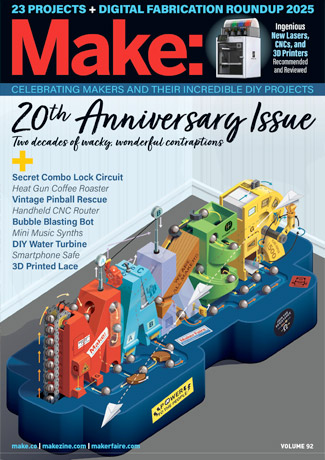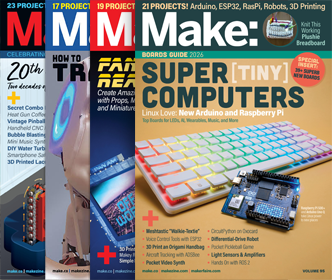

Months ago, my colleagues and I were brainstorming the curricular connections we could make between making and high school coursework. Anatomy could be a rich area of overlap: students could laser cut slices of skulls and print mini skeleton models to have the kids explore skeletal structures, for example.
Dan Sudran, the executive director of Mission Science Workshop, was way ahead of us. I discovered this when he pulled out a bin of carefully sorted, actual gopher bones for construction and re-construction. Pelvises, front, legs, back legs, tails, skulls: each had its own cup full of tiny gopher parts, 60 sets in all. Dan and his teaching colleagues at this and other Community Science Workshop sites use these to get students to “make your own gopher”.
Dan, the founder, created this making activity with few resources. Gardener friends who trap gophers gave him the carcasses, and he just puts them outside to be cleaned off by Mother Nature over weeks and months. Then he sorted them and turned those hapless gophers into a fun biology lesson.
Dan did the same thing with a 30-foot juvenile gray whale skeleton that washed up on a central Californian beach near Pescadero. He throws those 150 bones or so into the back of his truck, drives them to different schools, and stages a “Whale Week” during which every class in the school gets a chance to puzzle the skeleton together. They discover the vestigial remnants of the whale’s pelvis, grown puny over millions of years of evolution.



The vision behind Mission Science Workshop, Excelsior Science Workshop, and the growing network of community science workshops is to lower the barriers between kids and science as much as possible. What if kid-friendly, hands-on, science-rich workshop spaces were as ubiquitous as public libraries? What if kids could walk in anytime they wanted to work at a drill press, examine a specimen at the microscope table, or tinker with electronics? What if a mini science museum lived right around corner from where they went to school, and they could visit every day without hopping on a bus or a subway for an hour (and then be turned away at the doors of a beloved museum because they came without mom and dad?) Dan, Sol, and Emilyn are making this happen in sites across California.
Dan started Mission Science Workshop in 1991 in his garage to bring a hands-on laboratory / science museum experience into his own neighborhood, the Mission District of San Francisco, which then, back before a few rounds of tech gentrification, was much more full of low-income and historically underserved youth. Dan’s original workshop moved to the former auto shop of Mission High School, where it still serves kids as young as kindergarten. The new Excelsior location will be run by an alum of the MSW program, Sol McKinney, who we saw teaching a class to a roomful of engaged and excited second graders as we arrived.
Dan told me he wants to encourage people “to do their own thing, not by doing big initiatives, but just in cubbyholes here and there.” Mission Science Workshop has succeeded not because they knew where they were going as they began. “There’s no road,” Dan emphasized. He’s learning by doing, just as the kids who come to his space are learning every day alongside him. “The learning is in the fussing.”
Here’s a great article about the new space tacked to their bulletin board, in both English and Spanish.
http://eltecolote.org/content/2013/02/youth-workshops-explore-science/
And please go drop in on them tonight, Wednesday, March 13 if you are in the neighborhood, and/or any day in their bright, gopher-bone-ful future!
Excelsior Science Workshop
35 San Juan Ave, San Francisco, 94112
Two last projects we loved during our visit to Excelsior Science Workshop yesterday:

A playground telephone (below) built of two red and two blue funnels and about 80 feet of reclaimed irrigation tubing, and duct tape around the necks of the funnels. I’ve been wanting to add these to my kids’ play set for years! This is such a simple, clever design.
ADVERTISEMENT






